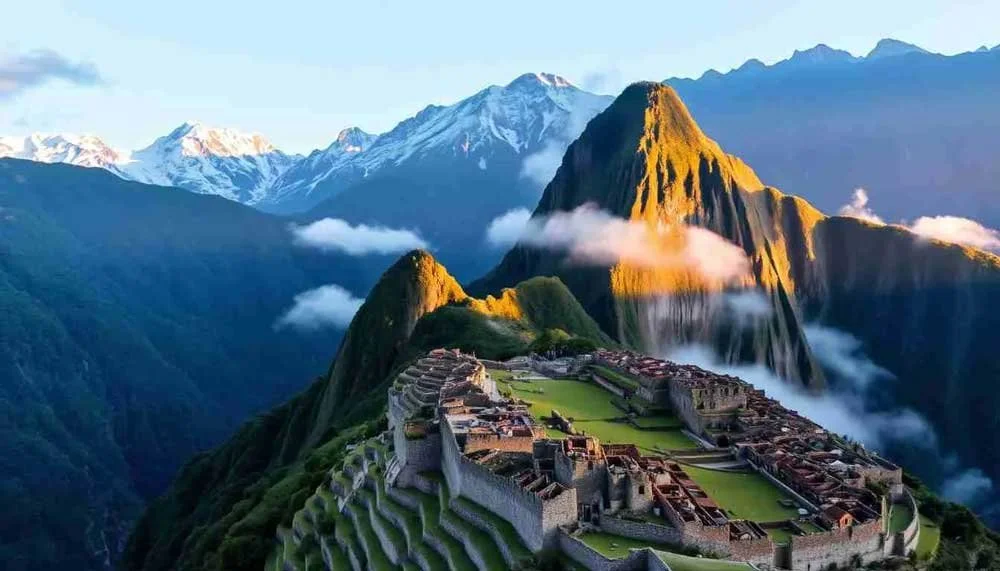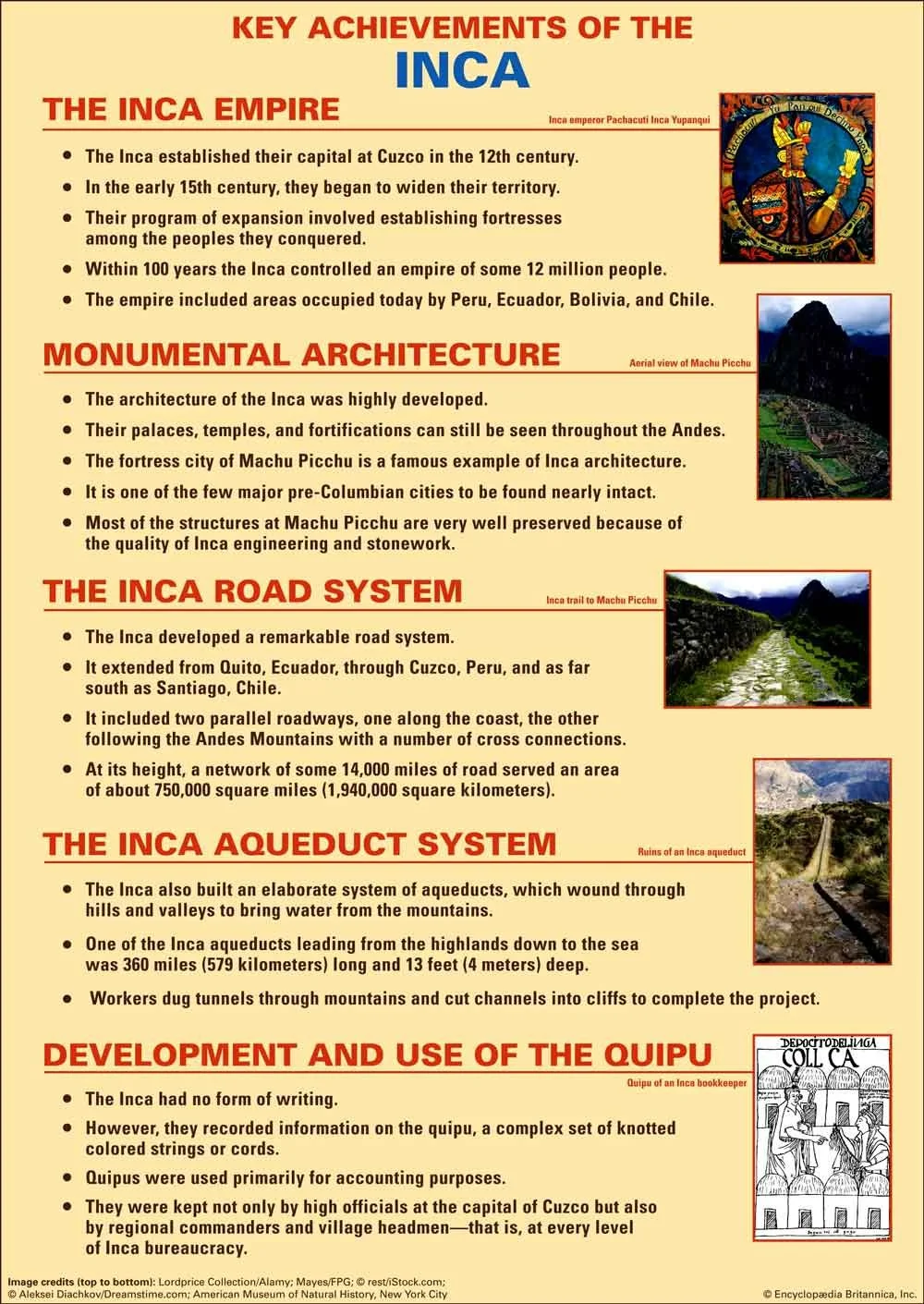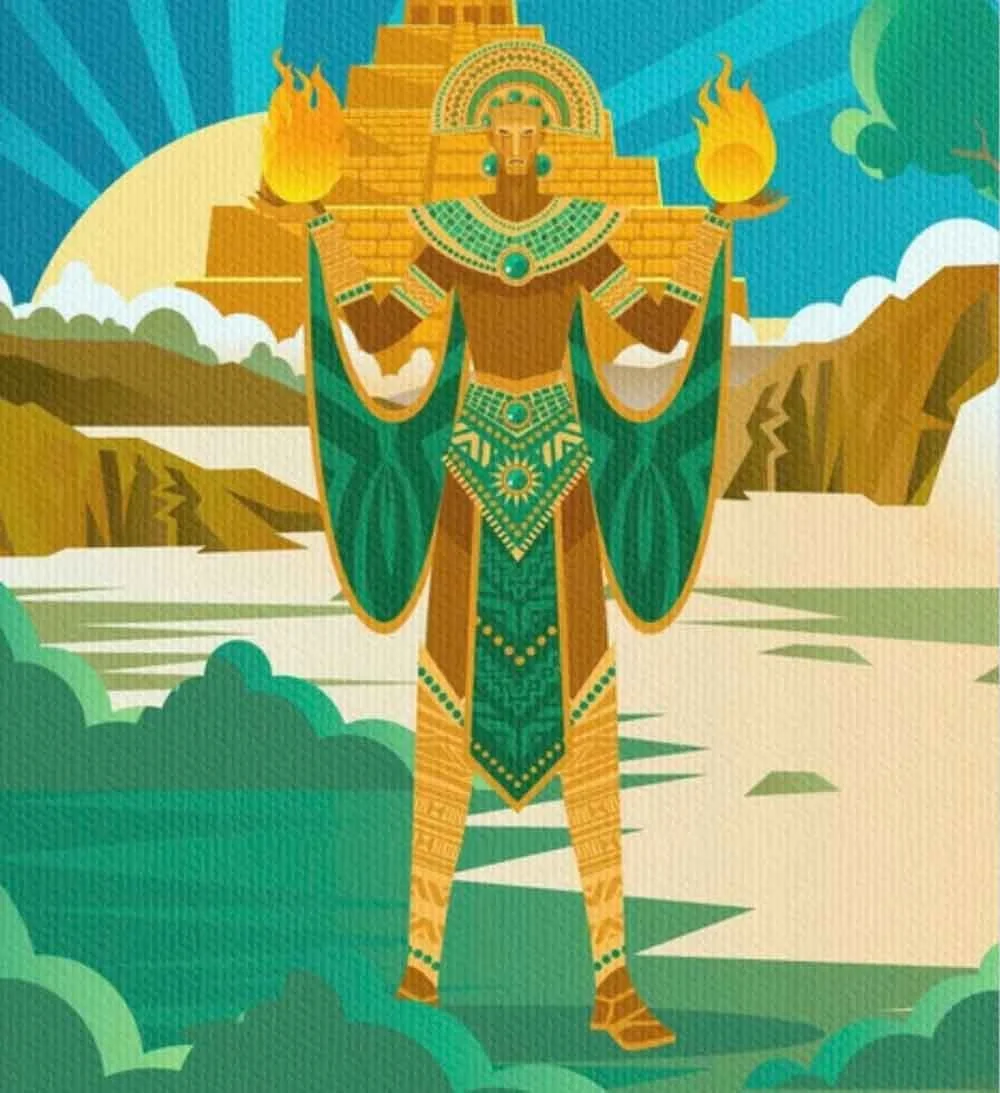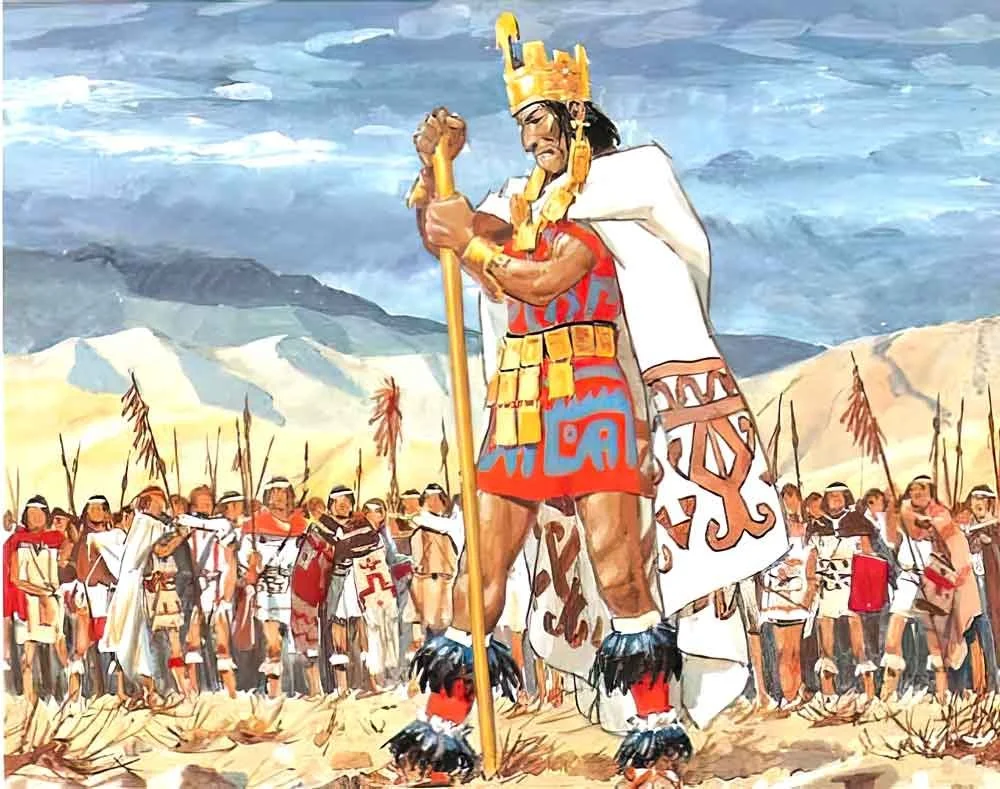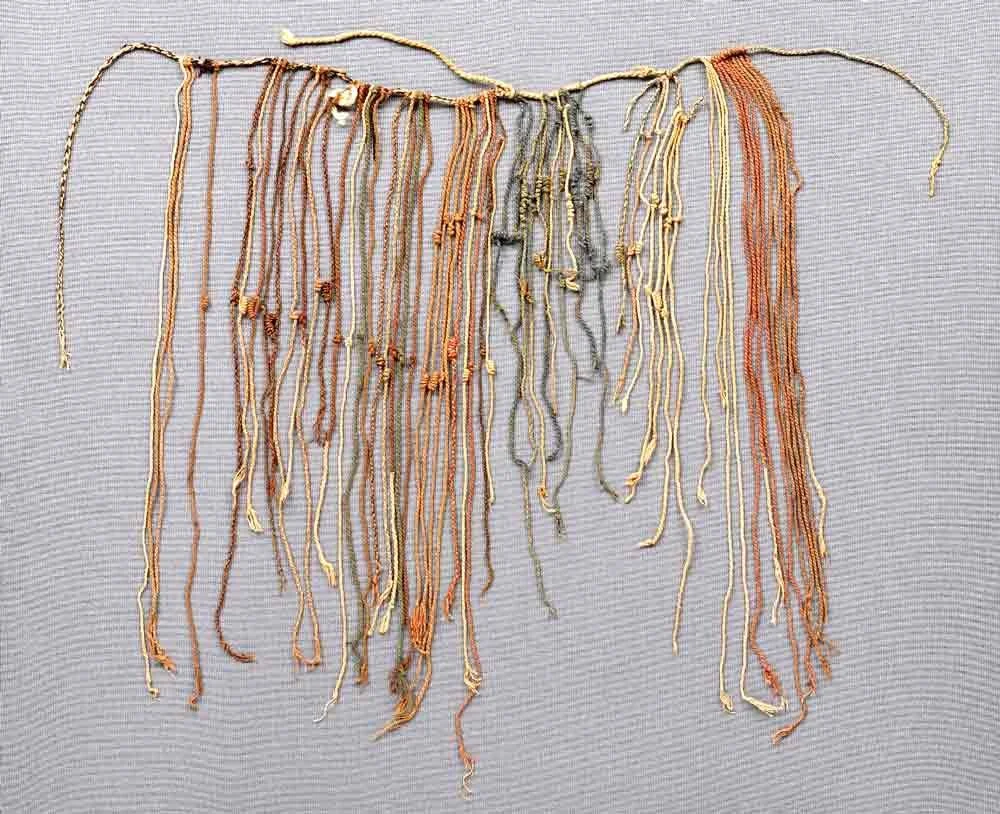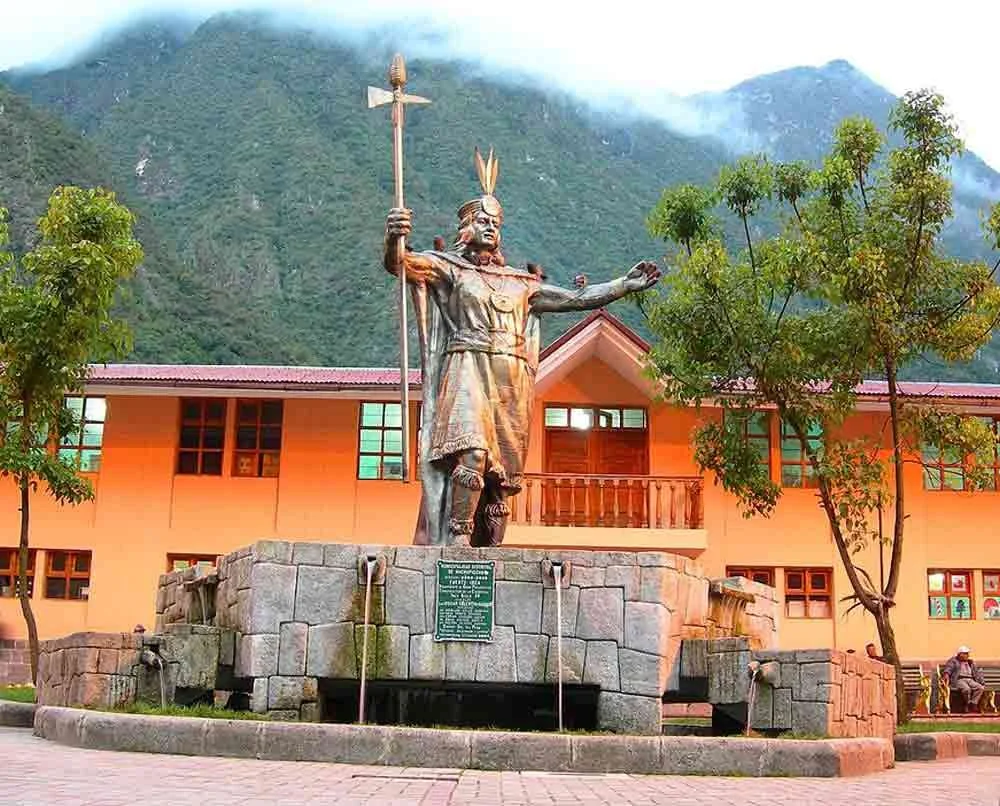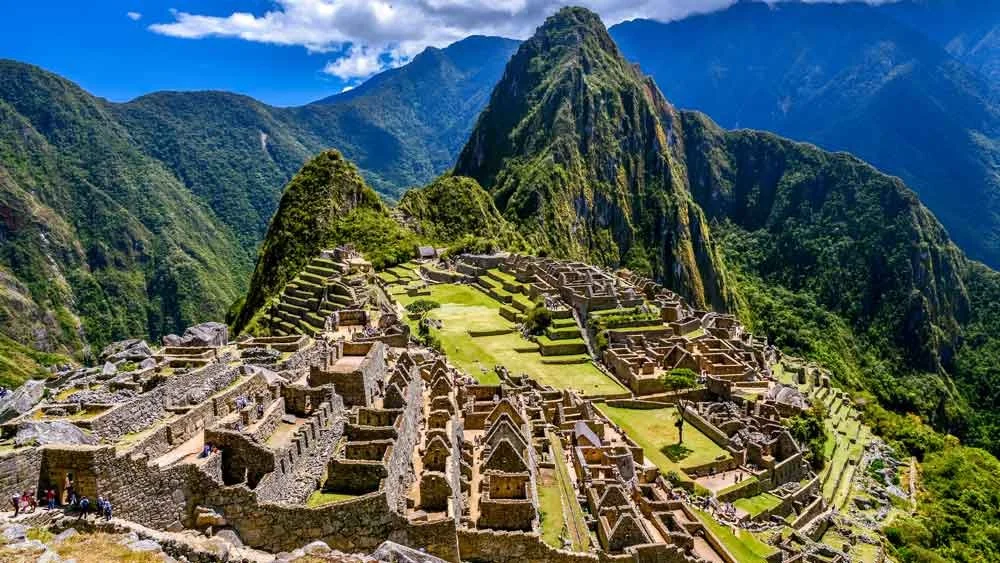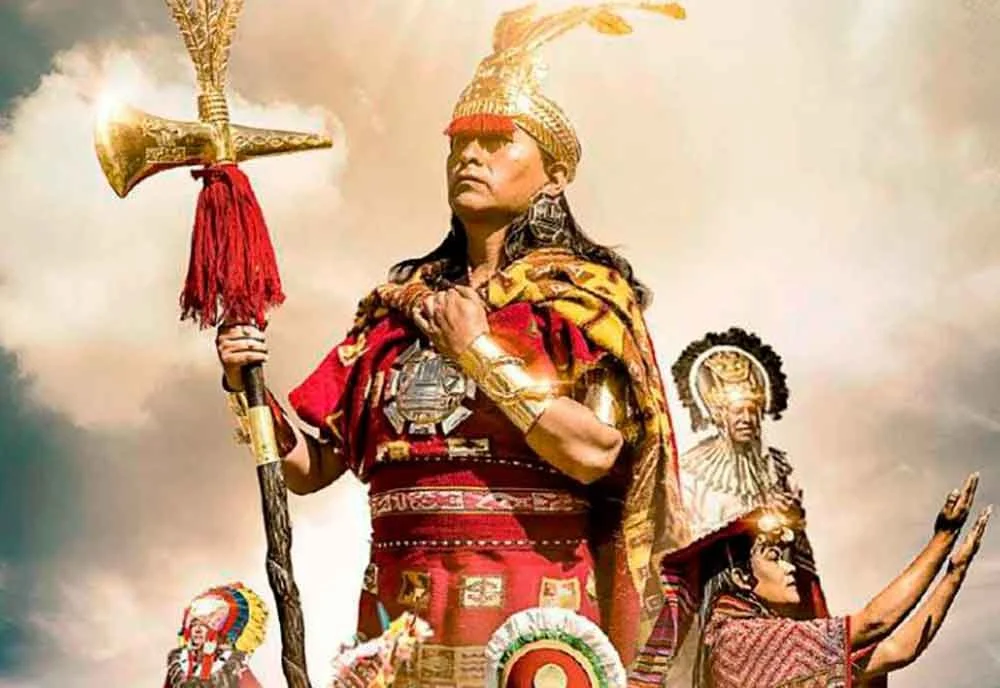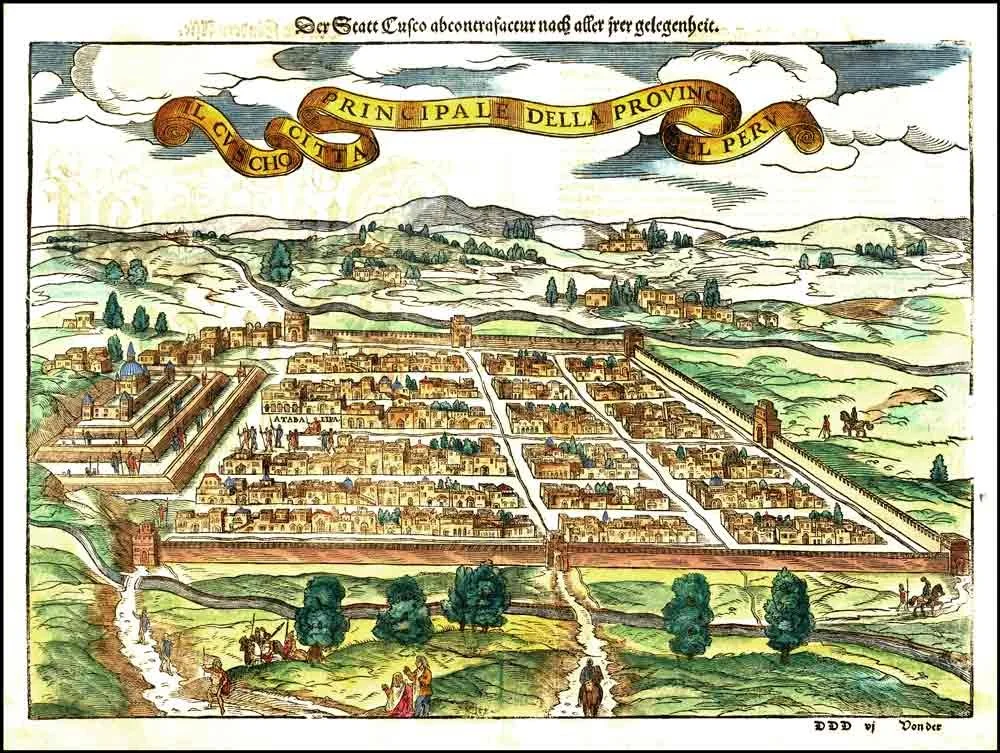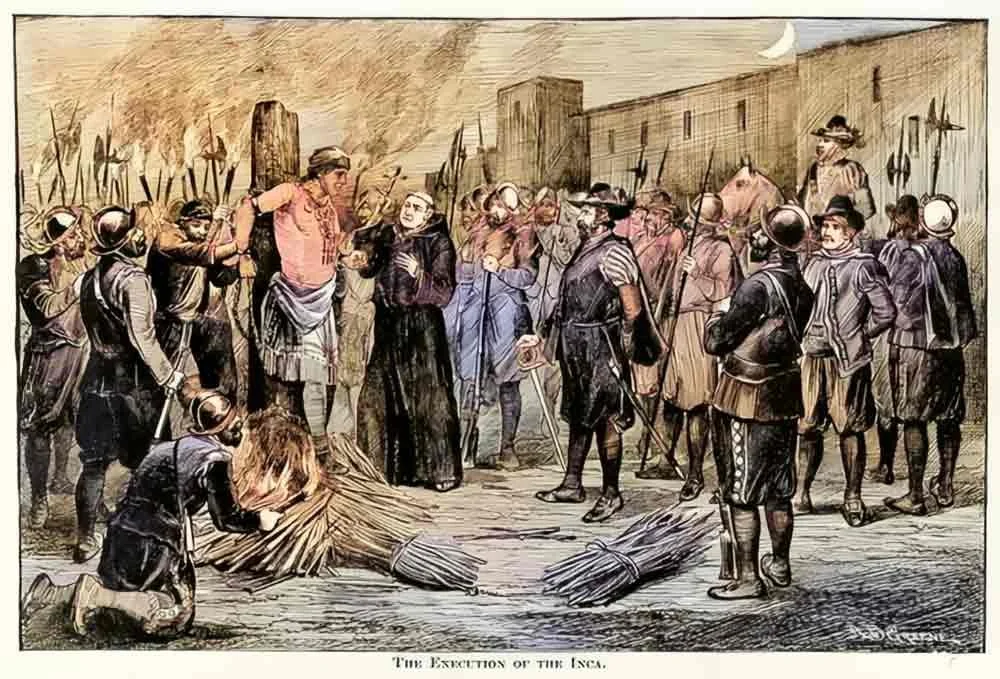THE INCA
What was the Western Hemisphere’s largest empire ever?
What were two (or more) achievements of the Incas?
Describe the inhospitable, extreme terrain the Incas lived in.
Who created the ancestors of the Inca rulers?
In which (famous) valley did Ayar Manco’s staff pierce the ground?
Who expanded Inca rule throughout the Andes mountains, transforming the kingdom into an empire? (Hint: His name means “cataclysm.”)
What are quipu?
What is the most famous Inca site? (Hint: Many, many tourists visit every year, so you may already know this!)
What happened to Atahualpa when the Incas lost to the Spanish conquistadors?
Before they destroyed much of the Incas’ physical and cultural legacy, what did the Spanish think of the capital city of Cuzco?
• Read •
THE INCA
The Americas Largest Empire EVER
It was the Western Hemisphere’s largest empire ever, with a population of nearly 10 million subjects.
What were two (or more) achievements of the Incas?
Describe the inhospitable, extreme terrain the Incas lived in.
About when did the Incas settle in this valley?
Over an area of more than 900,000 square kilometers, its people built massive administrative centers, temples, and extensive road and canal systems.
They did so in an inhospitable, extreme terrain, all without the use of wheels, horses, iron, or even written language.
Yet within 100 years of its rise in the fifteenth century, the Inca Empire would be no more.
LEGEND
According to legend, the ancestors of the Inca rulers were created by the sun god Inti, and they emerged from a cave called Tambo Toco.
• Inca Sun God Inti
Leading four brothers and four sisters was Ayar Manco, who carried a golden staff with instructions to find the place where it would sink into the ground, showing fertile soil.
After many adventures and extensive searching, Ayar Manco and his siblings reached the Cuzco Valley, where the staff pierced the ground.
• Ayar Manco became Manco Capac, the first Sapa Inca, or king of the Incas
After fighting off the fierce local native population, they founded their capital, and Ayar Manco became Manco Capac, the first Sapa Inca, or king of the Incas.
FIRST SETTLEMENTS
Archaeological evidence suggests that the Incas first settled in this valley around 1200 CE.
• Before the late 19th century, the most successful cranial surgeons in world history were the Inca.
They remained a small kingdom until 1438, when they were nearly overrun by the neighboring Chanka tribe. The Inca king at this time, Viracocha, and his designated heir fled in fear, but one of his other sons remained and successfully rallied the city’s defenses.
• Inca warriors
For his military skill, he became the ninth Inca ruler, assuming the name of Pachacuti, or "Cataclysm." Pachacuti expanded Inca rule throughout the Andes mountains, transforming the kingdom into an empire through extensive reforms.
“FOUR QUARTERS”
The empire’s territory was reorganized as Tahuantinsuyu, or "four quarters," with four divisions ruled by governors reporting to the king.
Although the Inca had no writing, they used a complex system of knotted strings called quipu to record numbers and perhaps other information.
• Quipa
A decimal-based bureaucracy enabled systematic and efficient taxation of the empire’s subjects. In return, the empire provided security, infrastructure, and sustenance, with great storehouses containing necessities to be used when needed.
AGRICULTURE & MACHU PICCHU
Great terraces and irrigation works were built, and various crops were grown at different altitudes to be transported all over the empire.
• Terraces
It was during Pachacuti’s reign that the famous estate of Machu Picchu was constructed. Pachacuti’s son Topa Inca continued the empire’s military expansion and eventually became ruler in 1471 CE.
• Monument of Pachacuti, also known as Pachacutéc.
By the end of his reign, the empire covered much of western South America.
• Machu Picchu, about 8,000 feet / 2,500 meters above sea level.
Topa’s son Huayna Capac succeeded him in 1493. But the new ruler’s distant military campaigns strained the social fabric.
Spanish conquistadors
In 1524, Huayna Capac was stricken by fever. Spanish conquistadors had arrived in the Caribbean some time before, bringing diseases to which the native peoples had no resistance.
• Spanish conquistadors
Millions died in the outbreak, including Huayna Capac and his designated heir. The vacant throne ignited a civil war between two of the surviving brothers, Atahualpa and Huascar, greatly weakening the empire.
In 1532, after finally winning the Inca civil war, Atahualpa and his army encountered the European invaders.
• Atahualpa
Although greatly outnumbered, Francisco Pizarro and his small group of conquistadors stunned the king’s much larger force with guns and horses, neither of which they had seen before. Atahualpa was taken captive and killed about a year later.
The Spanish conquerors were awed by the capital of Cuzco. Pizarro described it as so beautiful that “it would be remarkable even in Spain.”
• Cuzco, the Inca capital
Though the capital had fallen and the native population had been destroyed by civil war and disease, some Incas fell back to a new capital at Vilcabamba and resisted for the next 40 years.
• The Spaniards burned Atahualpa at the stake, after conquest of the Inca people.
But by 1572, the Spaniards had destroyed all remaining resistance along with much of the Incas’ physical and cultural legacy.
Thus, the great Inca empire fell even faster than it had risen.
Administrative: Related to managing and organizing tasks or people.
Ancestors: Family members from long ago who came before you.
Capital: The main city where a country's government is located.
Civil War: A fight between groups in the same country.
Conquerors: People who take control of a place by force.
Empire: A large group of lands or countries ruled by one leader.
Heir: A person who will receive a title or property after someone dies.
Irrigation: A way to supply water to land to help plants grow.
Legacy: Something handed down from the past, like traditions or buildings.
Military: Related to soldiers and the army.
Population: All the people living in a certain area.
Province: A part of a country with its own local government.
Reign: The time during which a king or queen rules.
Resistance: Trying to fight against something or someone.
Settlement: A place where people start a new community.
Strained: Made tense or difficult.
Subjects: People who live under the rule of a king or queen.
Sustenance: Food and other things needed to live.
Terraces: Flat areas made on hills or mountains for farming.
► COMPREHENSION QUESTIONS
— please answer with complete sentences
What was the Western Hemisphere’s largest empire ever?
What were two (or more) achievements of the Incas?
Describe the inhospitable, extreme terrain the Incas lived in.
Who created the ancestors of the Inca rulers?
In which (famous) valley did Ayar Manco’s staff pierce the ground?
Who expanded Inca rule throughout the Andes mountains, transforming the kingdom into an empire? (Hint: His name means “cataclysm.”)
What are quipu?
What is the most famous Inca site? (Hint: Many, many tourists visit every year, so you may already know this!)
What happened to Atahualpa when the Incas lost to the Spanish conquistadors?
Before they destroyed much of the Incas’ physical and cultural legacy, what did the Spanish think of the capital city of Cuzco?

